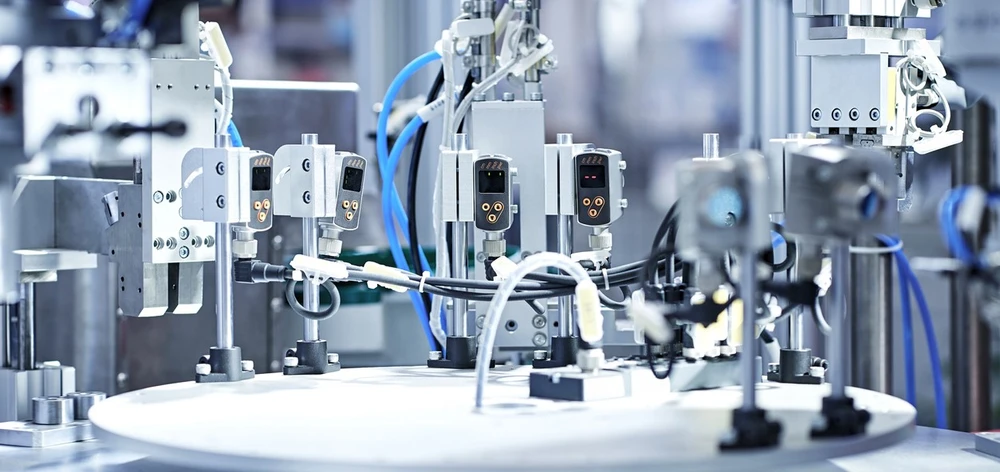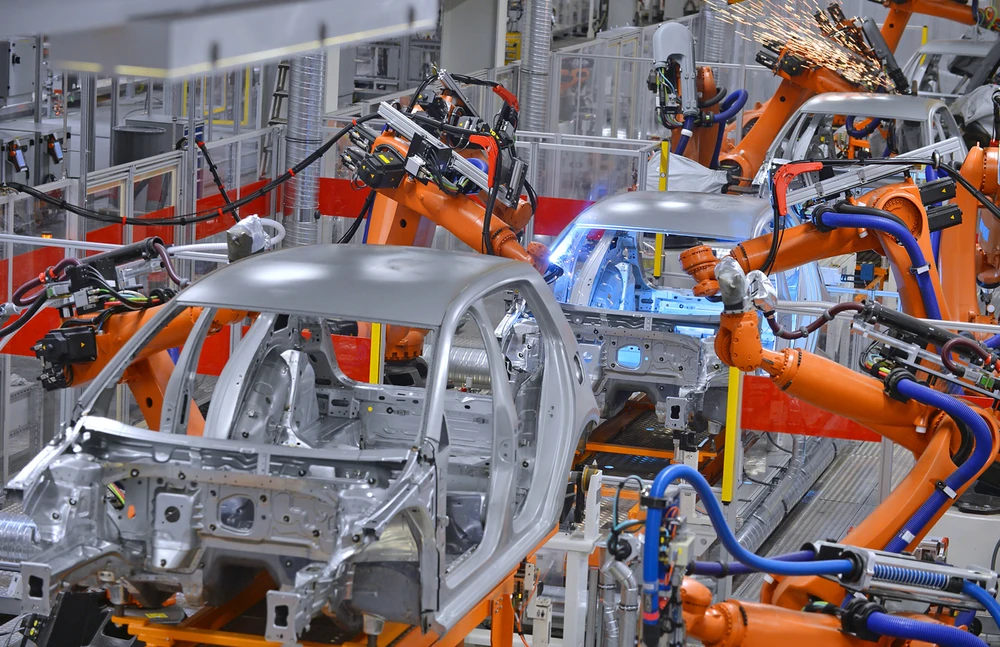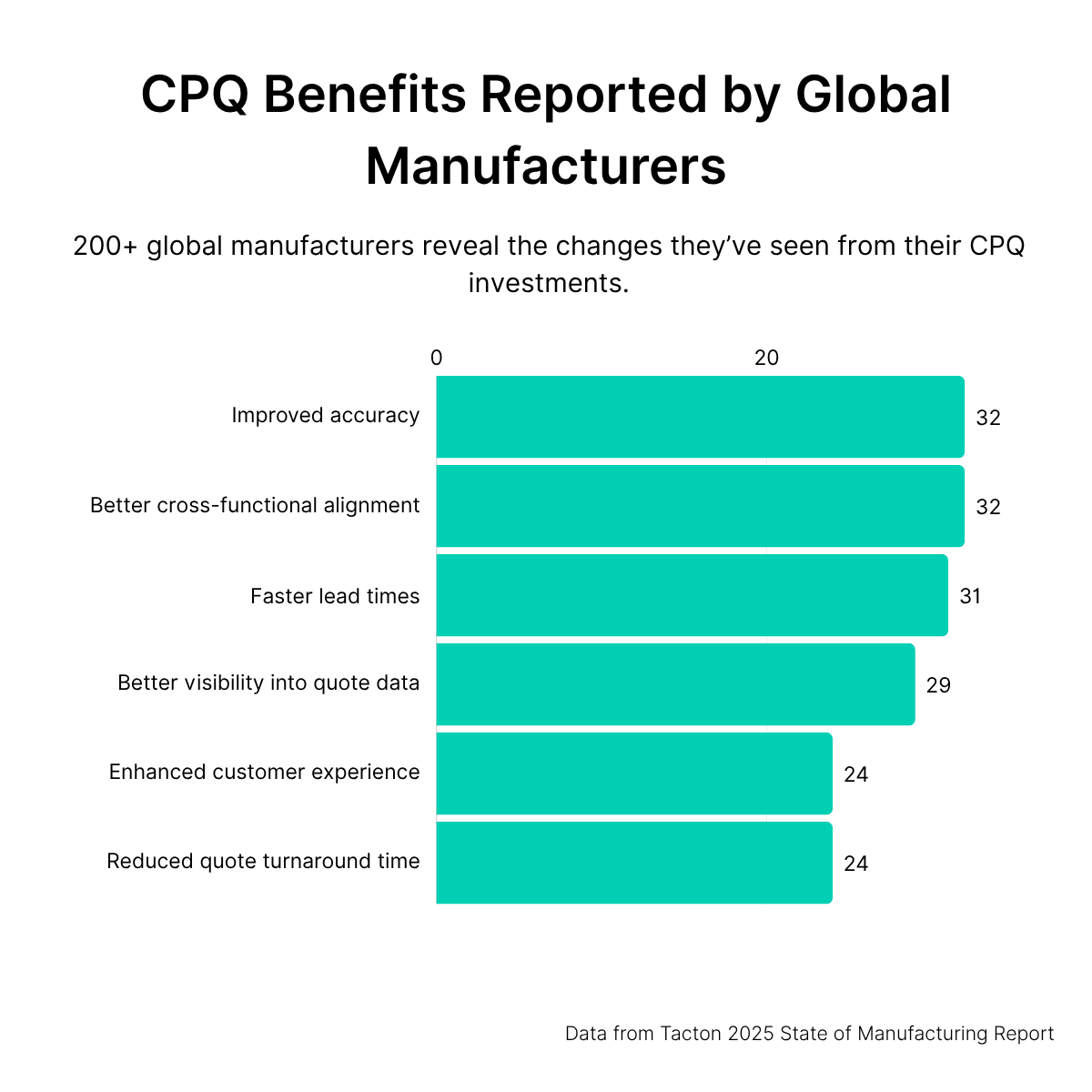How to Win the Specification Engineer in Construction Equipment & Building Material Sales
Few roles are as influential as the specification engineer in the construction and building materials industry.

Few roles are as influential as the specification engineer in the construction and building materials industry. These engineers decide which products get specified, approved, and ultimately purchased. When a component becomes the basis of design in a specification engineer’s documentation, it often becomes the default choice for procurement.
That’s why winning the spec engineer is one of the most important opportunities for construction equipment manufacturers today. From HVAC systems to lift platforms, pumps, and industrial fans, specification decisions directly shape bills of materials (BOMs), vendor approvals, and final purchasing outcomes.
And increasingly, these decisions are happening online without ever speaking to a representative.
What specification engineers expect in a digital experience
Spec engineers now expect self-service digital tools that give them instant access to technical product data, the ability to validate or configure at a high level, and CAD models. They aren’t waiting on quotes or clicking through static PDFs. They’re working fast, often on job sites or in the field, and they expect manufacturers to keep up.
If your digital experience slows them down, they’ll move on to a competitor. But if you offer a seamless, engineering-grade experience through self-service configure, price, quote (CPQ) technology that puts speed, autonomy, and accuracy first, you’ll increase your chances of becoming the basis of design.
However, it’s important to note that not all spec engineers want to perform full product configurations themselves. Many simply want to validate a model number, compare performance specs, or download compliant CAD/BIM files. Offering multiple entry points, whether deep configuration, quick model lookup, or “good-better-best” comparison enables users with different needs.
Top priorities of specification engineers in the digital journey
Every minute spec engineers spend navigating a clunky configurator or waiting for access to product specs is time lost on a job where precision and deadlines matter. That’s why the top priority in the digital buying journey is speed and ease of use for spec engineers. They want to find the right product, validate its performance, and move forward without delays, distractions, or detours.
Access is everything. Engineers expect:
- Immediate entry to product selection and validation tools.
- Self-service product configurators that make it easy to validate options, build quick configurations, or select from pre-defined pathways.
Once they’ve selected a product, spec engineers look for:
- CAD automation with the ability to download technical models instantly.
- Ungated access to those files, where possible, to avoid friction in their workflow.
They also expect tools that deliver:
- Real-time compatibility checks.
- Instant feedback on selected options.
- Access to technical documentation needed for compliance, integration, and design validation.
Ultimately, specification engineers don’t need a premium product or the lowest price. They need a digital experience that helps them work faster, more accurately, and with full autonomy. The easier you make that process, the more likely your product is to be specified.
Where most digital tools miss the mark
Many digital tools still fail to meet specification engineers’ expectations. These tools often introduce friction into what should be a fast, intuitive workflow. The most common shortcomings include:
1. Barriers to independent access
Spec engineers expect to evaluate and configure products on their own, without hurdles. But many tools still:
- Require engineers to request access or wait for approvals.
- Force conversations with sales reps before showing technical data.
- Gate basic functionality behind forms or logins.
These delays can cause specifiers to abandon the process entirely.
2. Missing or delayed technical outputs
Even after gaining access, engineers often find that:
- Real-time CAD output isn’t available.
- Parametric detail is insufficient for validating designs.
- File downloads are delayed or buried within complex workflows.
Confidence erodes without instant, accurate technical outputs.
3. Lack of pre-built configuration pathways
Not every engineer wants to start from scratch. Yet many configurators:
- Don’t offer pre-defined templates or system presets.
- Lack guided filters to narrow options quickly.
- Fail to support “good-better-best” or use-case-based selection flows.
These gaps slow down experienced engineers who just want to validate a model or spec quickly.
4. Poor usability in real-world environments
Configuration tools are often built for desktop office use, but specifiers are frequently:
- Working on-site or in the field.
- Using mobile devices or tablets.
- Operating in low-bandwidth conditions or multilingual teams.
If tools aren’t responsive, mobile-ready, and intuitive, they won’t be used where it matters most.
These platforms are designed for internal sales enablement, not for the external engineers driving product selection. And when the experience is frustrating, engineers will simply specify someone else’s product instead.
How leading manufacturers are winning over spec engineers
Leading manufacturers are winning over specification engineers by building a better digital experience that prioritizes autonomy, speed, and seamless access. Instead of forcing engineers to go through account managers or wait for manual responses, they provide self-directed workflows that allow for real-time product selection, validation, and documentation.
Here’s how top-performing manufacturers are setting themselves apart:
1. Immediate access
Spec engineers don’t want to be funneled through a sales process just to get started. The best manufacturers offer:
- Self-registration portals tailored for engineers, with no pricing visibility required.
- Instant access to configurators without triggering sales engagement.
- Exploration without friction, empowering engineers to validate performance and download files independently.
2. Ungated, actionable technical outputs
Once a product is configured, engineers want to keep moving—not wait for email approvals. Leading tools:
- Provide instant CAD and BOM downloads, without forms or delays.
- Deliver outputs in usable formats, ready for design workflows.
- Enable specifiers to incorporate files directly into project documentation and submittals.
3. Connected, collaborative systems
Digital tools don’t exist in isolation. They need to fit within engineers’ broader workflows. That’s why successful manufacturers ensure their CPQ or selection tool has:
- Full integration with ERP and CAD systems.
- Version control and data accuracy, reducing manual intervention.
- Tools that support collaboration across teams and allow engineers to share configurations with project stakeholders, distributors, or internal reviewers.
4. Built for field use and global access
Spec engineers often work on job sites or in the field. The best experiences are:
- Mobile-ready and responsive across devices.
- Designed to perform in working environments.
- Multilingual, supporting engineers working with teams around the globe.
By delivering on these fronts, manufacturers make it easier for specification engineers to work independently and efficiently and for sales teams to build trust, win specs, and ultimately drive sales.
Business impact: why engineer-friendly tools drive more conversions
Creating a digital experience that meets the needs of specification engineers is a business advantage. When engineers can move quickly from product selection to documentation without roadblocks, the sales process accelerates. In industries where timing can determine whether a product is written into the spec or left out entirely, being first to provide a product schedule often means being first to win the deal.
These streamlined experiences also reduce the burden on internal teams. When specifiers can self-serve, there’s less need for pre-sales engineering support, freeing up resources for more complex or high-touch opportunities. Distributors and partners benefit as well, because they can respond to specifiers’ needs with accurate information more quickly, often without needing to involve the manufacturer directly.
Over time, tools that make engineers’ lives easier lead to stronger relationships with the engineering firms and project consultants who drive specification decisions. In a digital-first buying environment, manufacturers known for providing the best product configurator for specification engineers stand for making engineers’ work easier.
Is your product configurator fit for spec engineers?
Ask yourself these questions:
- Can engineers explore your products without triggering a back-and-forth sales conversation?
If your tool requires a conversation with sales just to explore options, it’s not truly self-service.
- Can they go from selection to CAD file in just a few clicks?
Speed matters. Engineers don’t want to wait for emails or navigate complex portals to get the files they need.
- Is your configurator mobile-friendly and accessible without friction?
Specifiers often work in the field or on-site. Your tool needs to work anywhere, on any device, without special access or software.
- Does it integrate with quoting, BOM generation, and CAD platforms and support collaboration?
Seamless integration reduces errors, saves time, and gives specifiers confidence in the data they’re using.
- Do engineers actually come back to use it again?
Repeat usage signals that your experience is adding value. If they’re not returning, there’s likely friction somewhere.
Make it easy with Tacton
Specification engineers aren’t chasing fancy features. They just want to get the job done quickly, independently, and accurately. If you give them a smooth, self-service product configuration experience, you’ll win their trust and their specs.
Want to see how your product experience stacks up? Schedule a demo today and evaluate your current experience through the eyes of a specifier with Tacton.











